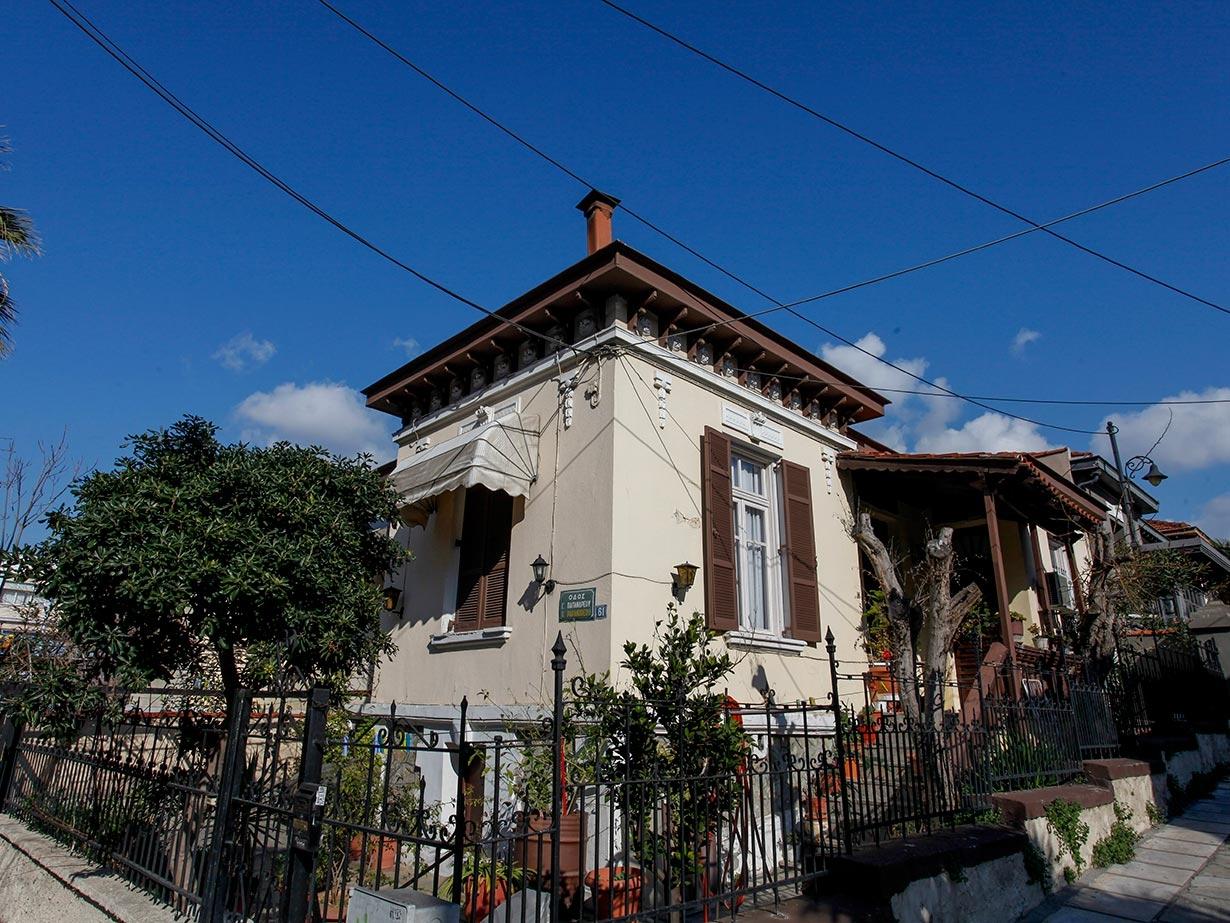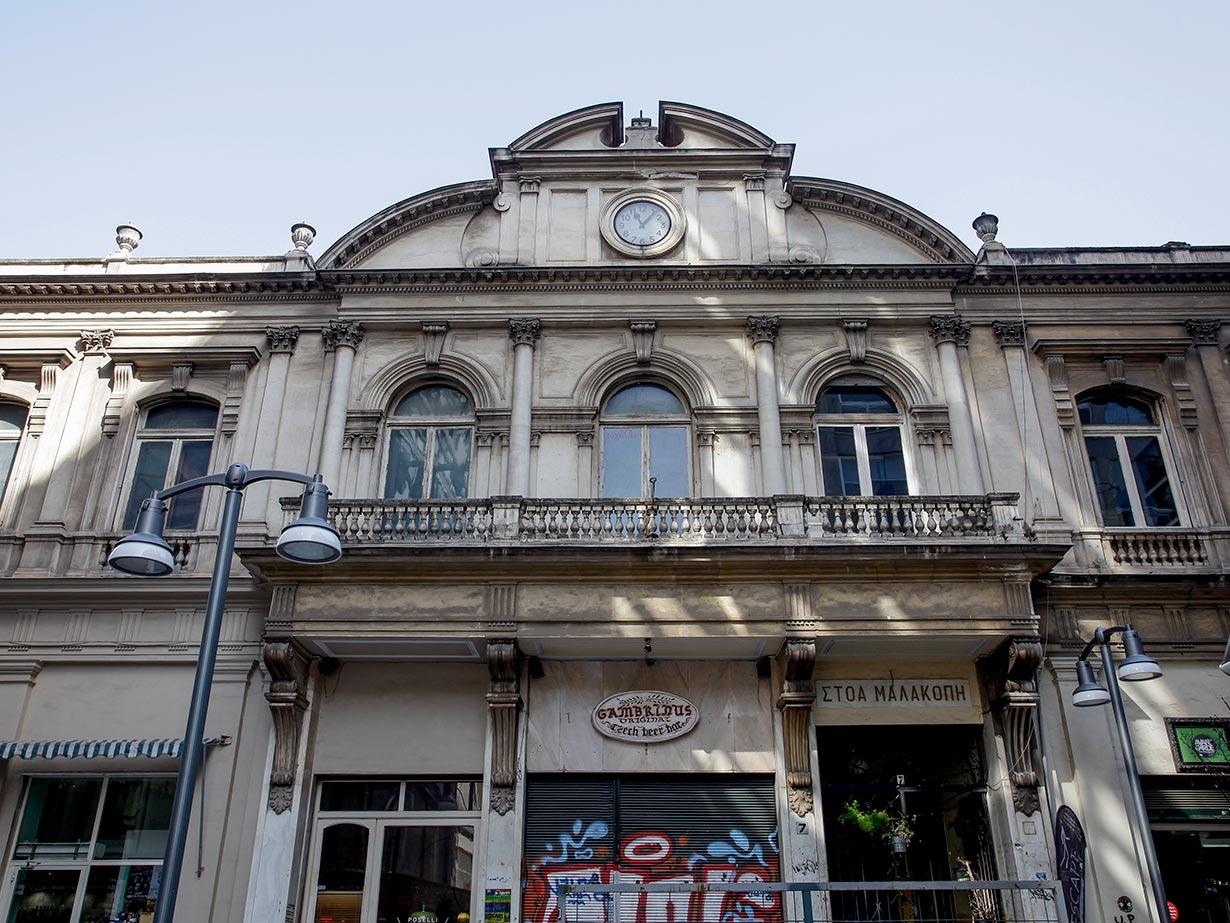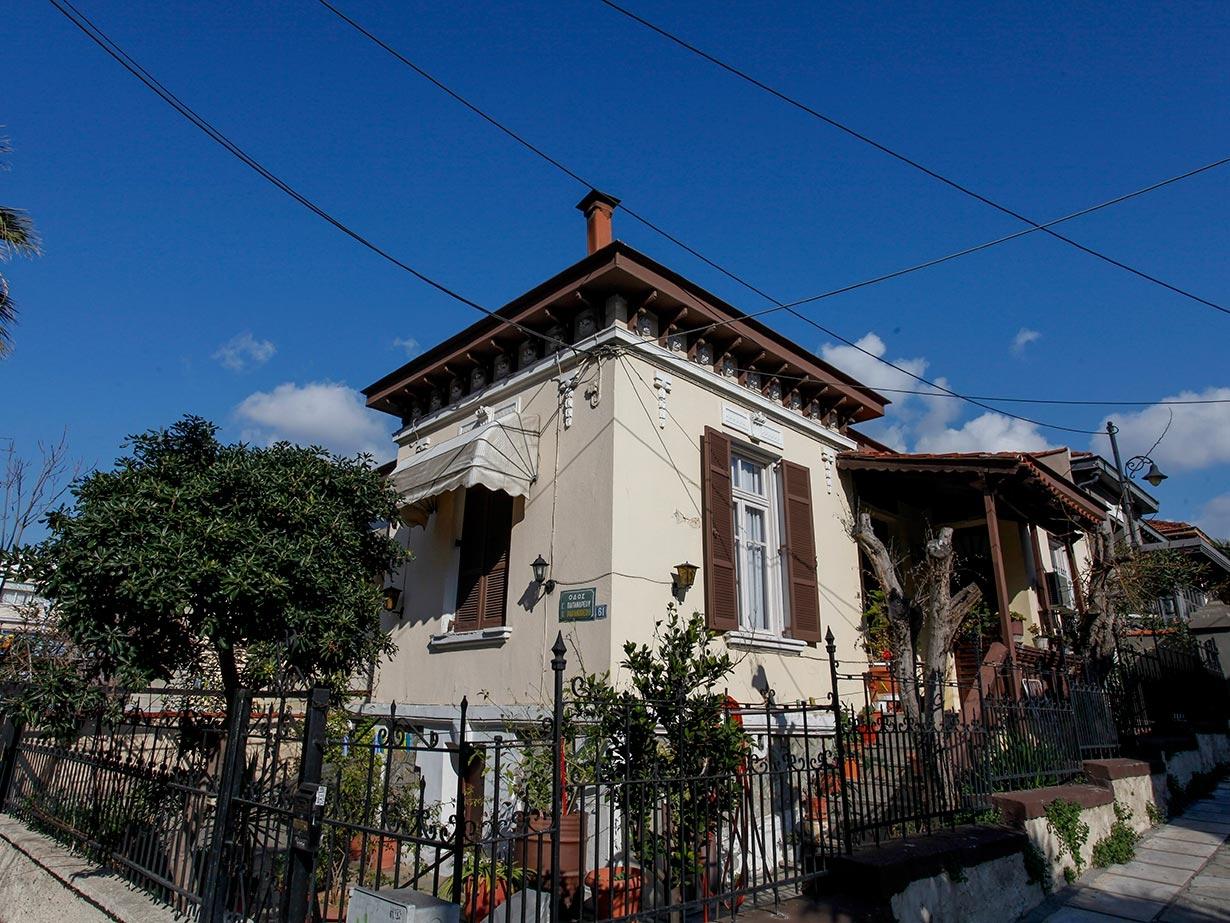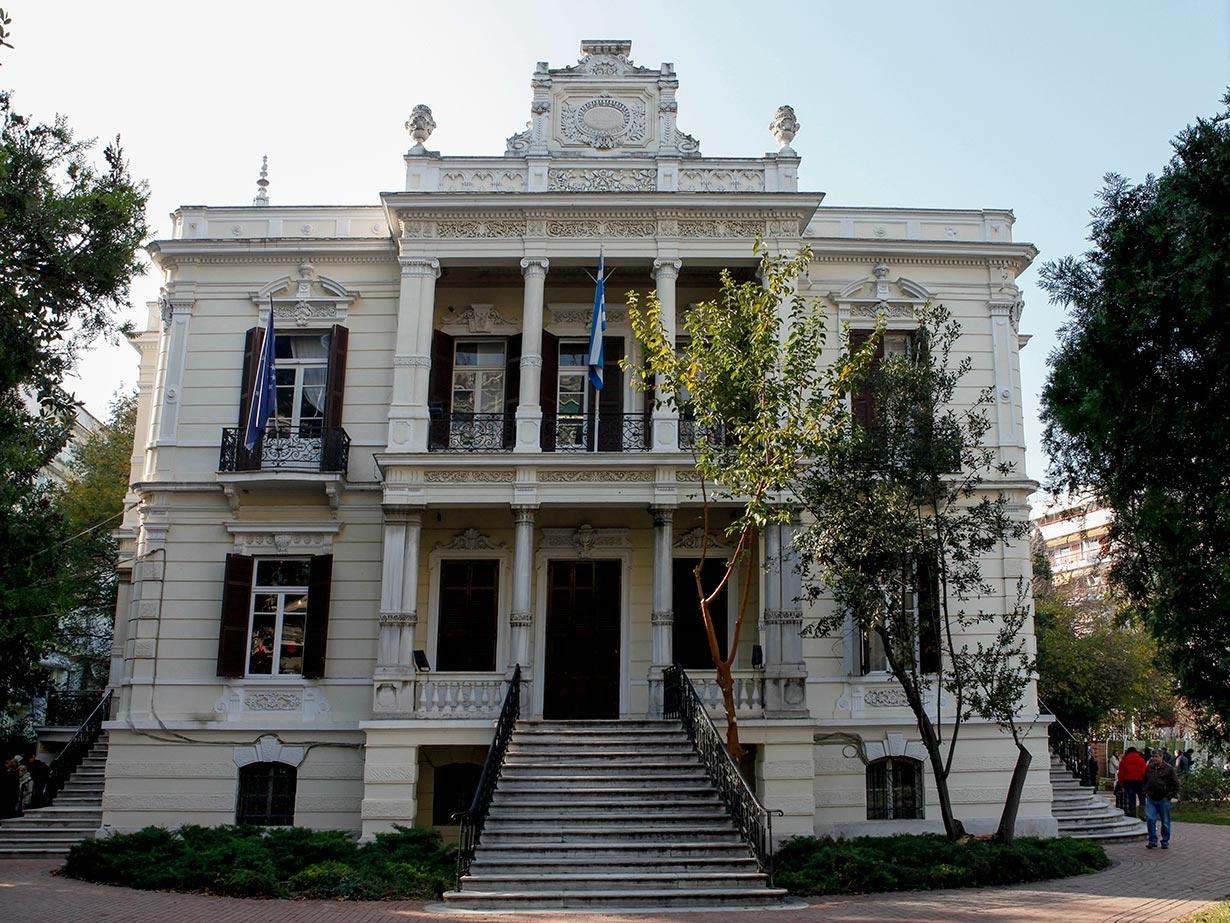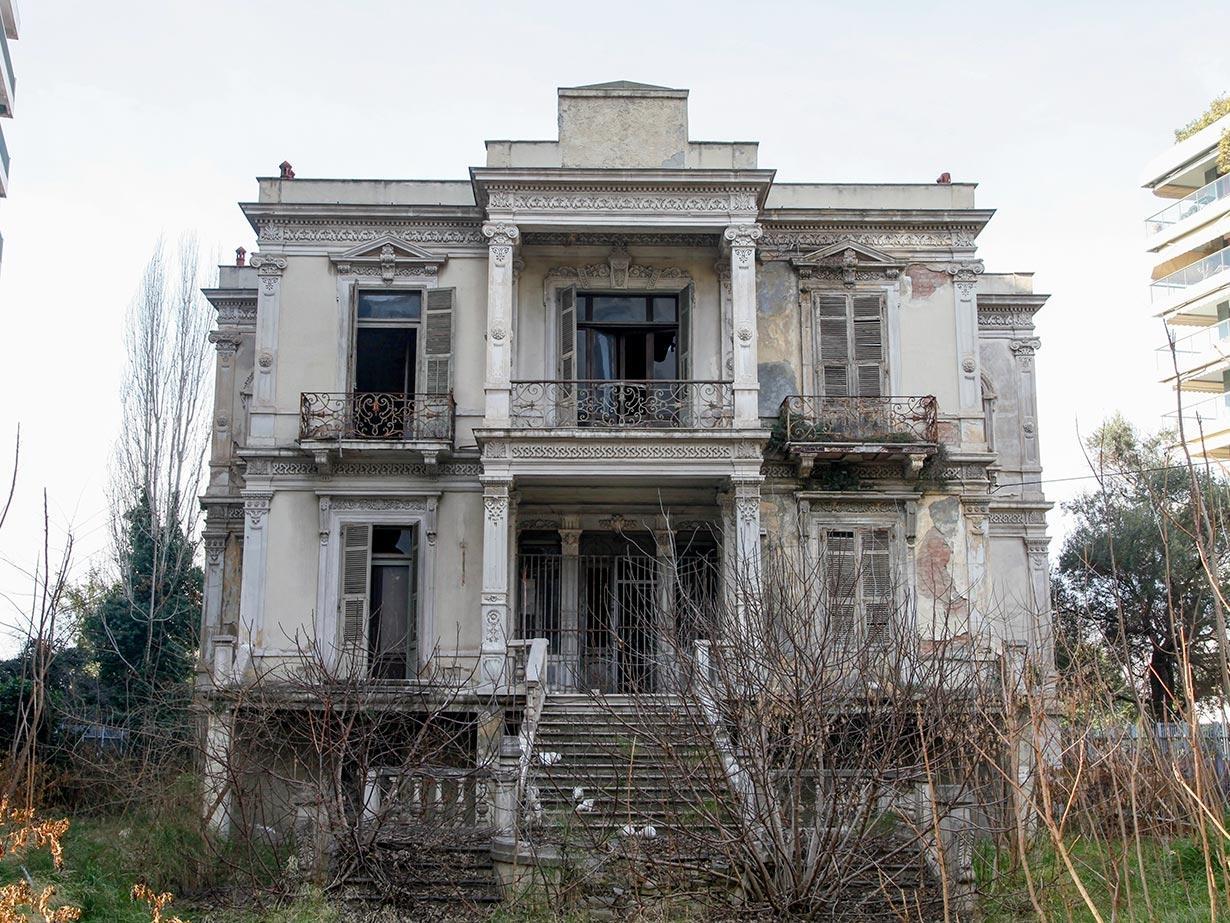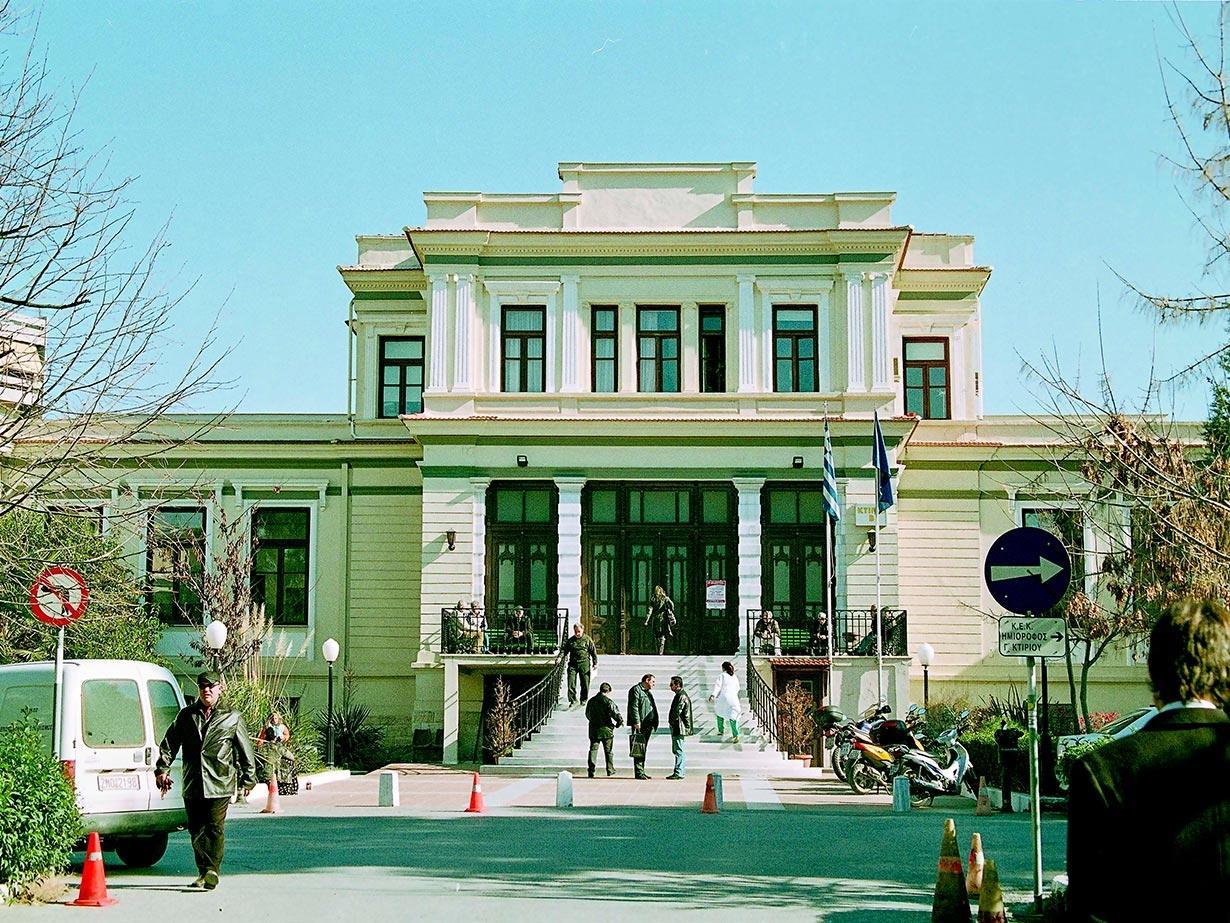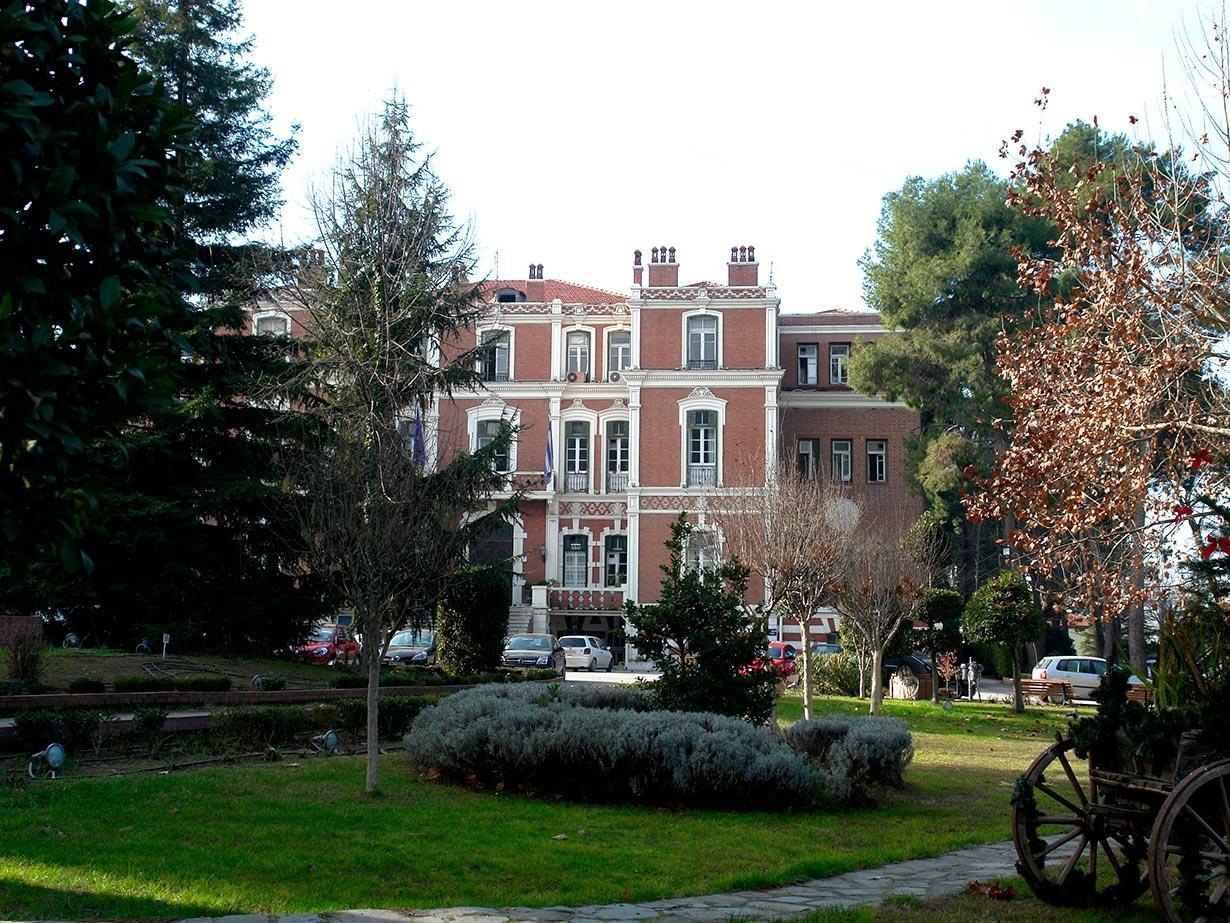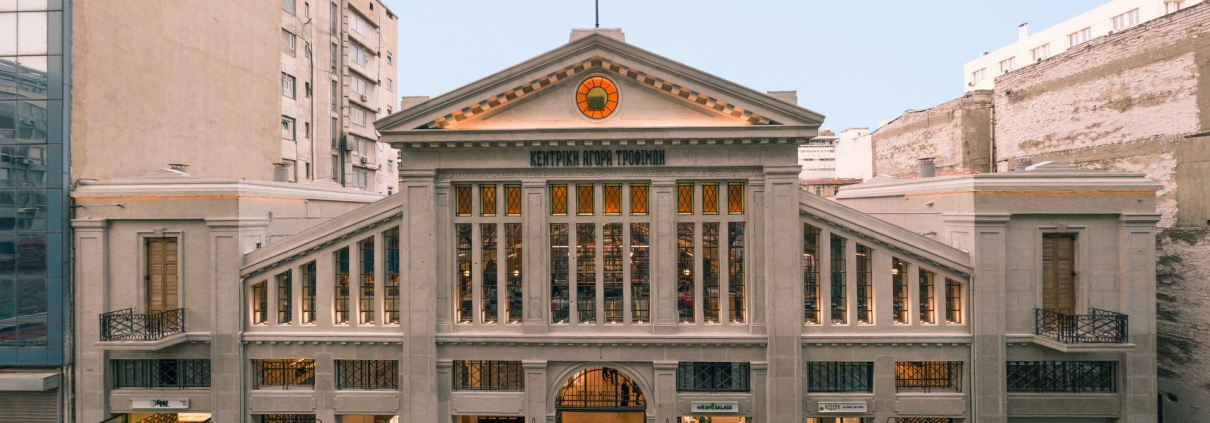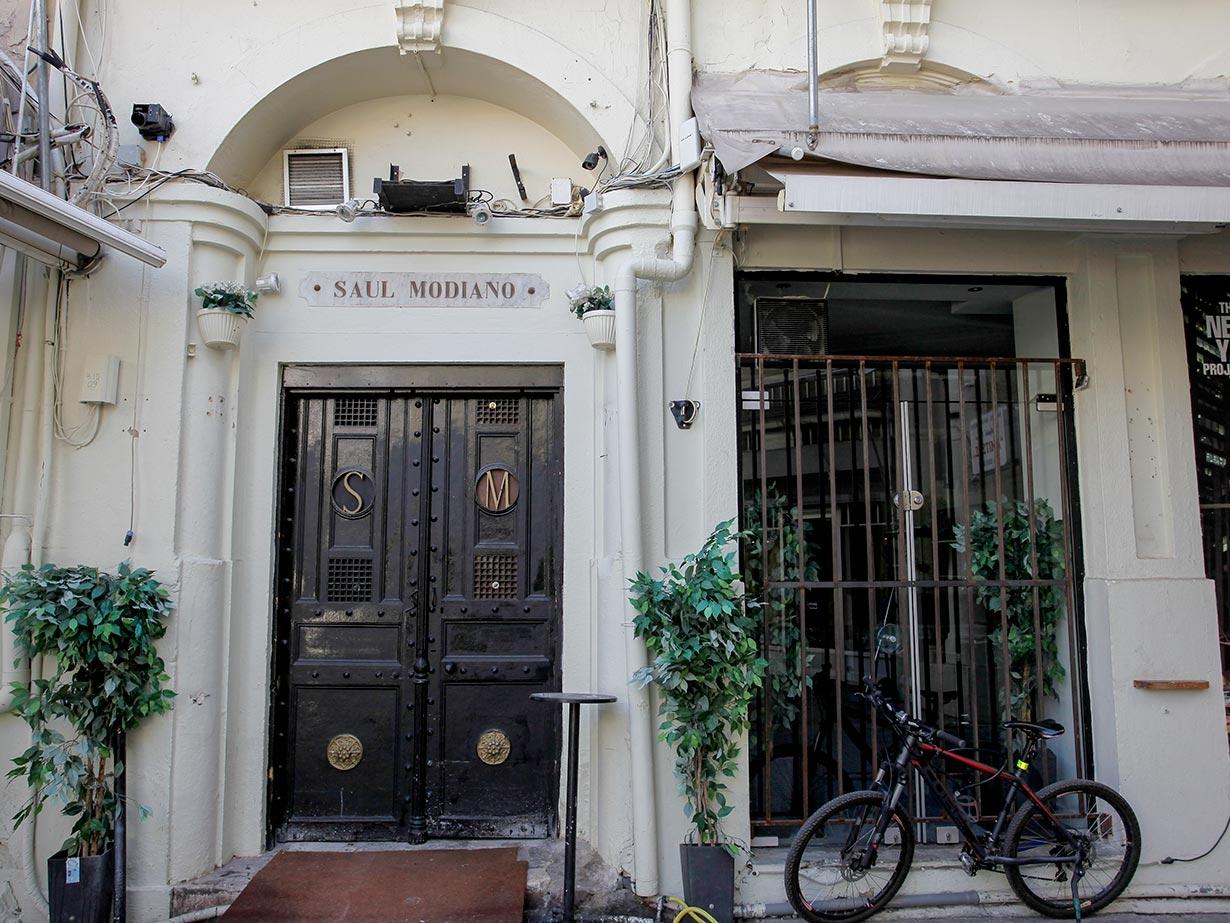The Jewish community of Thessaloniki has been present for more than 21 centuries, bearing the unique characteristic among the other Jewish communities worldwide, of not being just a minority community, but in certain periods in time, it was the first population in the city, especially after 1492. The first Jewish may have arrived in Thessaloniki around 140 B.C. from Alexandria, Egypt, the so-called Romaniotes Jewish, having beforehand adopted the Greek language and the Hellenistic culture. In 1376 the Jewish Askenazim, after the pogroms in Hungary and Germany, settled in Thessaloniki, followed by those of Provence, Italy and Sicily. The arrival of almost 20,000 Jewish deported from Spain was the one that altered the face of the city. Through their skills and abilities, the Hispano-Jewish, the so-called ‘Sephardites’, revived the wounded Thessaloniki, after its conquest by the Ottomans and contributed to its commercial and economic growth in the following centuries. It’s remarkable that in 1870 the 50,000 Jewish residents constituted 56% of the Thessalonian population, while in 1941, 36 Synagogues were fully functioning. The year 1943 marks the beginning of the end of the Jewish presence in Thessaloniki when 46,091 Jewish were led to the concentration camps of Auschwitz and Birkenau, only to return 1950 of them. Worldwide leading figures in science, literature, business, politics, fashion etc., descent from the booming Jewish community of Thessaloniki, such as Nikolas Sarkozy, ex-president of France, Patrick Modiano, Nobel prize winner in literature in 2014, the Dassault family, owners of the French conglomerate in aerospace, software and media sectors, the Carasso family of Danone industry, the philosopher, writer and sociologist Edgar Morin, the mathematician Raphael Salem, the fashion designer Diane Von Furstenberg, the hair stylist Vidal Sassoon, and many others. Three Synagogues, the Jewish Museum, the hospital and the arcades, as well as, some of the most beautiful and luxurious mansions of the city, mark the significant Jewish presence in Thessaloniki’s past.
The Jewish theme route narrates a story about, not only the city’s Jewish community, but also Thessaloniki itself. This story is left to be told by the great Absentees….

